Dublin ·
history ·
history and religion ·
history of ireland ·
ireland ·
Irish history ·
Uncategorized ·
Vikings ·
Dublin, a Viking City?
Dublin is an iconic city, where the Liffey meets the Irish sea. It's a city that's full of monuments, beautiful architecture, art, and bridges. It's the seat of Irish culture, music, textiles, and all things Irish. In fact, ask anyone to name a city in Ireland and chances are that Dublin is the first city they think of. Dublin is undeniably Irish, but that hasn't always been the case. Ha' Penny Bridge in Dublin From Wikipedia: "The earliest reference to Dublin is sometimes said to be found in the writings of Claudius Ptolemaeus (Ptolemy), the Egyptian-Greek astronomer and cartographer, around the year 140, who refers to a settlement called Eblana. This would Boru Wood Quay Warrior pendant from The Celtic Ranch[/caption] seem to give Dublin a just claim to nearly two thousand years of antiquity, as the settlement must have existed a considerable time before Ptolemy became aware of it. Recently, however, doubt has been cast on the identification of Eblana with Dublin, and the similarity of the two names is now thought to be coincidental. It is now thought that the Viking settlement was preceded by a Christian ecclesiastical settlement known as Duiblinn, from which Dyflin took its name. Beginning in the 9th and 10th century, there were two settlements where the modern city stands. The Viking settlement of about 841 was known as Dyflin, from the Irish Duiblinn (or "Black Pool", referring to a dark tidal pool where the River Poddle entered the Liffey on the site of the Castle Gardens at the rear of Dublin Castle), and a Gaelic settlement, Áth Cliath ("ford of hurdles") was further upriver, at the present day Father Mathew Bridge at the bottom of Church Street." Viking Lion Figurine. Photo courtesy of National Museum of Ireland[/caption] It's widely accepted that Viking Dublin was a thriving city by 840 AD, with trading outposts scattered throughout the Island. For those of you who watch the hit series Vikings, **SPOILERS** Ragnar's son, Ivar The Boneless was one of Dublin's Viking Kings, and his brother, Sitrygg Snake In The Eye, briefly reigned in Waterford. Vikings reigned in Dublin until 1014, when they were defeated by Irish High King, Brian Boru and the Battle of Clontarf. Norse Alphabet Runes
Boru Wood Quay Warrior pendant from The Celtic Ranch[/caption] seem to give Dublin a just claim to nearly two thousand years of antiquity, as the settlement must have existed a considerable time before Ptolemy became aware of it. Recently, however, doubt has been cast on the identification of Eblana with Dublin, and the similarity of the two names is now thought to be coincidental. It is now thought that the Viking settlement was preceded by a Christian ecclesiastical settlement known as Duiblinn, from which Dyflin took its name. Beginning in the 9th and 10th century, there were two settlements where the modern city stands. The Viking settlement of about 841 was known as Dyflin, from the Irish Duiblinn (or "Black Pool", referring to a dark tidal pool where the River Poddle entered the Liffey on the site of the Castle Gardens at the rear of Dublin Castle), and a Gaelic settlement, Áth Cliath ("ford of hurdles") was further upriver, at the present day Father Mathew Bridge at the bottom of Church Street." Viking Lion Figurine. Photo courtesy of National Museum of Ireland[/caption] It's widely accepted that Viking Dublin was a thriving city by 840 AD, with trading outposts scattered throughout the Island. For those of you who watch the hit series Vikings, **SPOILERS** Ragnar's son, Ivar The Boneless was one of Dublin's Viking Kings, and his brother, Sitrygg Snake In The Eye, briefly reigned in Waterford. Vikings reigned in Dublin until 1014, when they were defeated by Irish High King, Brian Boru and the Battle of Clontarf. Norse Alphabet Runes Keith Jack Norse Forge Dragon Weave Bracelet from The Celtic Ranch[/caption] It's believed that in the two centuries of Viking expansion in Dublin, Viking and Celtic cultures began to meld, and they even developed a hybrid Gael-Norse language. In fact, there are still remnants of Norse in modern Gaelic. Religions were combined as well, with Roman Catholicism, Celtic Christianity, and Viking Paganism all being practised in ancient Dublin. But just as quickly as the Vikings arrived, they left, taking most of their culture, language and descendants with them. In fact, only around 1.4% of Irish people have Viking DNA, where the numbers are significantly higher in Great Britain, with some areas, like Orkney and Shetland, where 25-29% of men were found to have Viking DNA. Viking Artifacts courtesy of The National Museum of Ireland[/caption] So, Is Dublin a Viking or a Celtic city? Yes. It's both. The bones of the city are undoubtedly Viking, even if you'd have to dig pretty deep to find them.
Keith Jack Norse Forge Dragon Weave Bracelet from The Celtic Ranch[/caption] It's believed that in the two centuries of Viking expansion in Dublin, Viking and Celtic cultures began to meld, and they even developed a hybrid Gael-Norse language. In fact, there are still remnants of Norse in modern Gaelic. Religions were combined as well, with Roman Catholicism, Celtic Christianity, and Viking Paganism all being practised in ancient Dublin. But just as quickly as the Vikings arrived, they left, taking most of their culture, language and descendants with them. In fact, only around 1.4% of Irish people have Viking DNA, where the numbers are significantly higher in Great Britain, with some areas, like Orkney and Shetland, where 25-29% of men were found to have Viking DNA. Viking Artifacts courtesy of The National Museum of Ireland[/caption] So, Is Dublin a Viking or a Celtic city? Yes. It's both. The bones of the city are undoubtedly Viking, even if you'd have to dig pretty deep to find them.
 Boru Wood Quay Warrior pendant from The Celtic Ranch[/caption] seem to give Dublin a just claim to nearly two thousand years of antiquity, as the settlement must have existed a considerable time before Ptolemy became aware of it. Recently, however, doubt has been cast on the identification of Eblana with Dublin, and the similarity of the two names is now thought to be coincidental. It is now thought that the Viking settlement was preceded by a Christian ecclesiastical settlement known as Duiblinn, from which Dyflin took its name. Beginning in the 9th and 10th century, there were two settlements where the modern city stands. The Viking settlement of about 841 was known as Dyflin, from the Irish Duiblinn (or "Black Pool", referring to a dark tidal pool where the River Poddle entered the Liffey on the site of the Castle Gardens at the rear of Dublin Castle), and a Gaelic settlement, Áth Cliath ("ford of hurdles") was further upriver, at the present day Father Mathew Bridge at the bottom of Church Street." Viking Lion Figurine. Photo courtesy of National Museum of Ireland[/caption] It's widely accepted that Viking Dublin was a thriving city by 840 AD, with trading outposts scattered throughout the Island. For those of you who watch the hit series Vikings, **SPOILERS** Ragnar's son, Ivar The Boneless was one of Dublin's Viking Kings, and his brother, Sitrygg Snake In The Eye, briefly reigned in Waterford. Vikings reigned in Dublin until 1014, when they were defeated by Irish High King, Brian Boru and the Battle of Clontarf. Norse Alphabet Runes
Boru Wood Quay Warrior pendant from The Celtic Ranch[/caption] seem to give Dublin a just claim to nearly two thousand years of antiquity, as the settlement must have existed a considerable time before Ptolemy became aware of it. Recently, however, doubt has been cast on the identification of Eblana with Dublin, and the similarity of the two names is now thought to be coincidental. It is now thought that the Viking settlement was preceded by a Christian ecclesiastical settlement known as Duiblinn, from which Dyflin took its name. Beginning in the 9th and 10th century, there were two settlements where the modern city stands. The Viking settlement of about 841 was known as Dyflin, from the Irish Duiblinn (or "Black Pool", referring to a dark tidal pool where the River Poddle entered the Liffey on the site of the Castle Gardens at the rear of Dublin Castle), and a Gaelic settlement, Áth Cliath ("ford of hurdles") was further upriver, at the present day Father Mathew Bridge at the bottom of Church Street." Viking Lion Figurine. Photo courtesy of National Museum of Ireland[/caption] It's widely accepted that Viking Dublin was a thriving city by 840 AD, with trading outposts scattered throughout the Island. For those of you who watch the hit series Vikings, **SPOILERS** Ragnar's son, Ivar The Boneless was one of Dublin's Viking Kings, and his brother, Sitrygg Snake In The Eye, briefly reigned in Waterford. Vikings reigned in Dublin until 1014, when they were defeated by Irish High King, Brian Boru and the Battle of Clontarf. Norse Alphabet Runes Keith Jack Norse Forge Dragon Weave Bracelet from The Celtic Ranch[/caption] It's believed that in the two centuries of Viking expansion in Dublin, Viking and Celtic cultures began to meld, and they even developed a hybrid Gael-Norse language. In fact, there are still remnants of Norse in modern Gaelic. Religions were combined as well, with Roman Catholicism, Celtic Christianity, and Viking Paganism all being practised in ancient Dublin. But just as quickly as the Vikings arrived, they left, taking most of their culture, language and descendants with them. In fact, only around 1.4% of Irish people have Viking DNA, where the numbers are significantly higher in Great Britain, with some areas, like Orkney and Shetland, where 25-29% of men were found to have Viking DNA. Viking Artifacts courtesy of The National Museum of Ireland[/caption] So, Is Dublin a Viking or a Celtic city? Yes. It's both. The bones of the city are undoubtedly Viking, even if you'd have to dig pretty deep to find them.
Keith Jack Norse Forge Dragon Weave Bracelet from The Celtic Ranch[/caption] It's believed that in the two centuries of Viking expansion in Dublin, Viking and Celtic cultures began to meld, and they even developed a hybrid Gael-Norse language. In fact, there are still remnants of Norse in modern Gaelic. Religions were combined as well, with Roman Catholicism, Celtic Christianity, and Viking Paganism all being practised in ancient Dublin. But just as quickly as the Vikings arrived, they left, taking most of their culture, language and descendants with them. In fact, only around 1.4% of Irish people have Viking DNA, where the numbers are significantly higher in Great Britain, with some areas, like Orkney and Shetland, where 25-29% of men were found to have Viking DNA. Viking Artifacts courtesy of The National Museum of Ireland[/caption] So, Is Dublin a Viking or a Celtic city? Yes. It's both. The bones of the city are undoubtedly Viking, even if you'd have to dig pretty deep to find them.
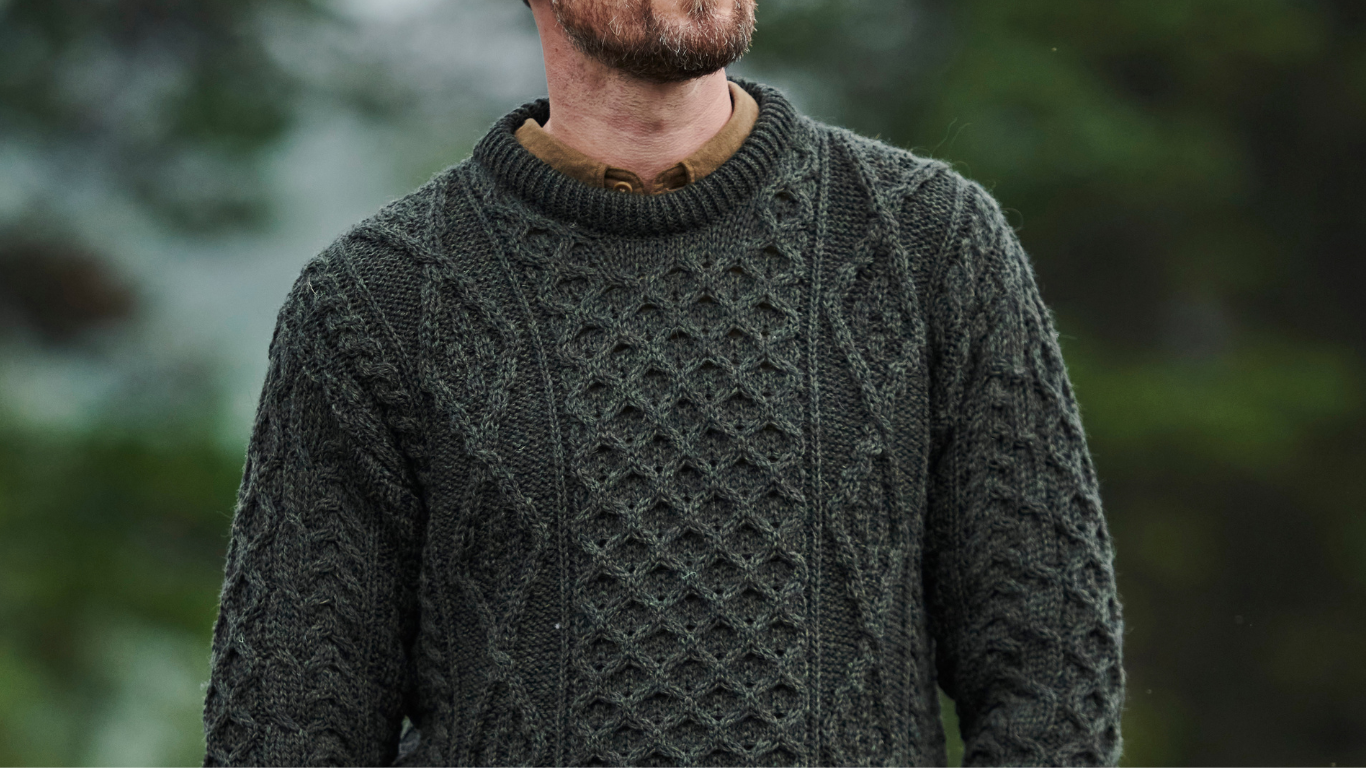



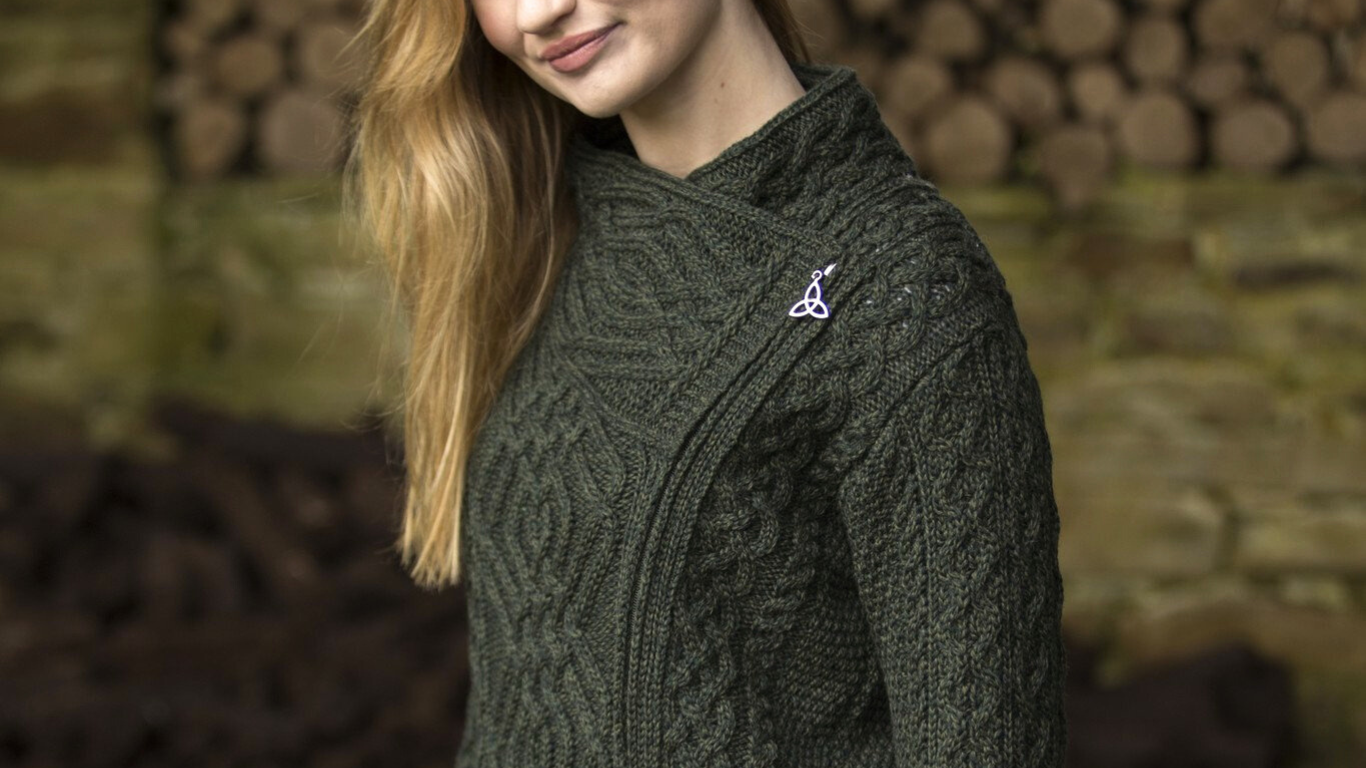


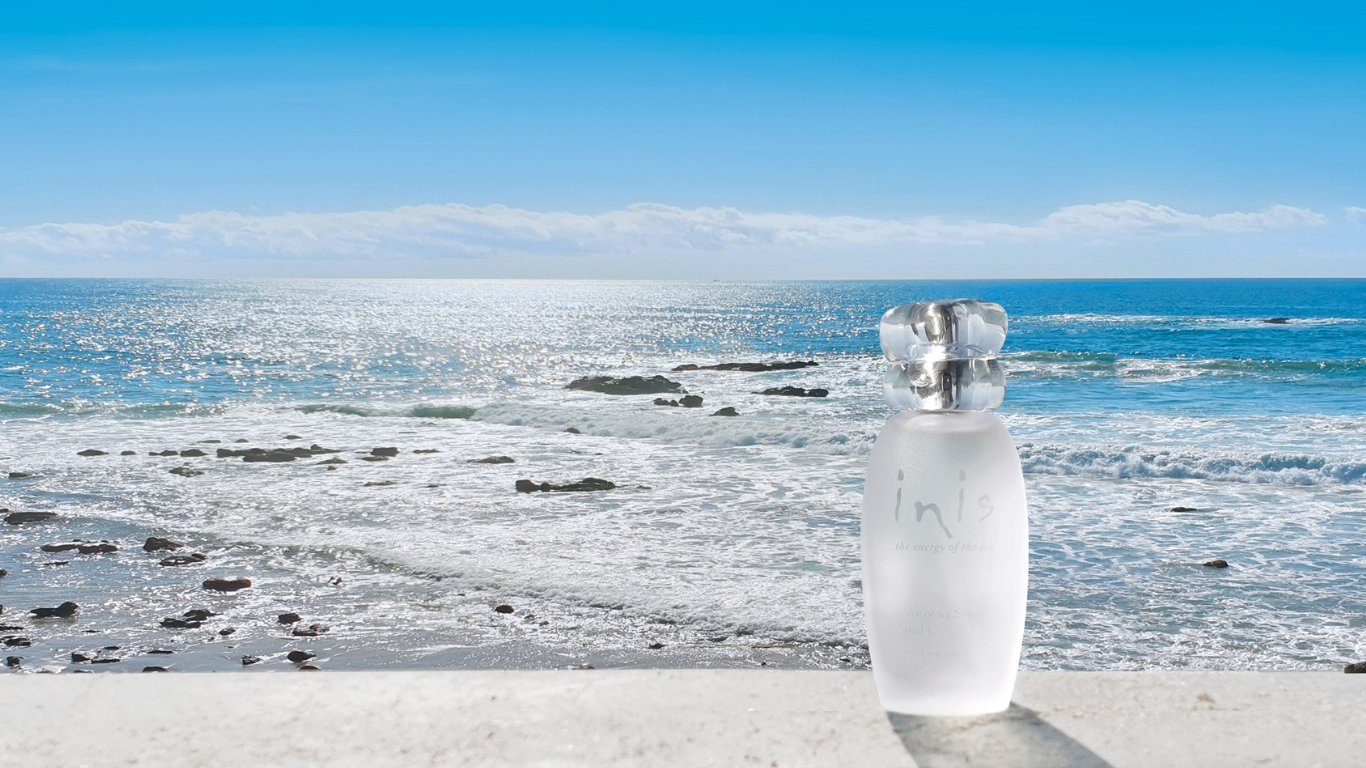
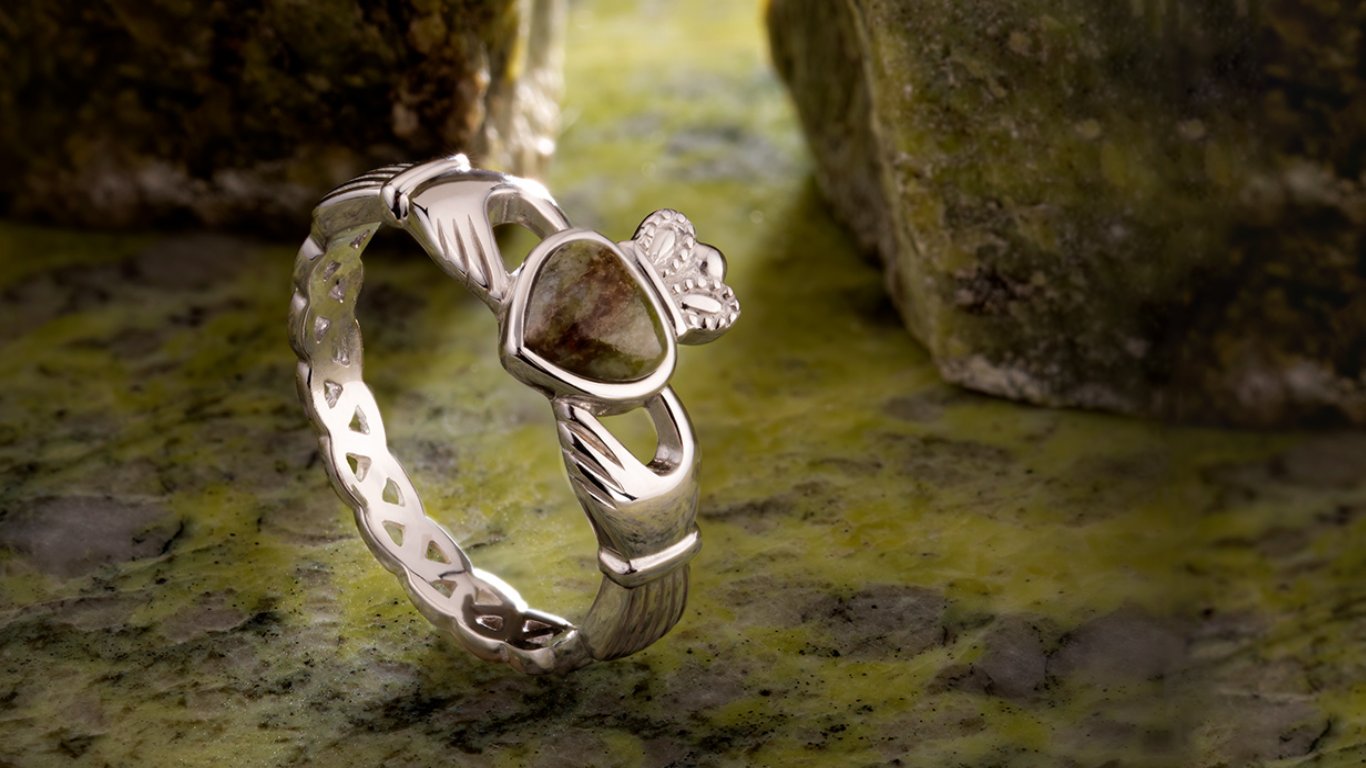
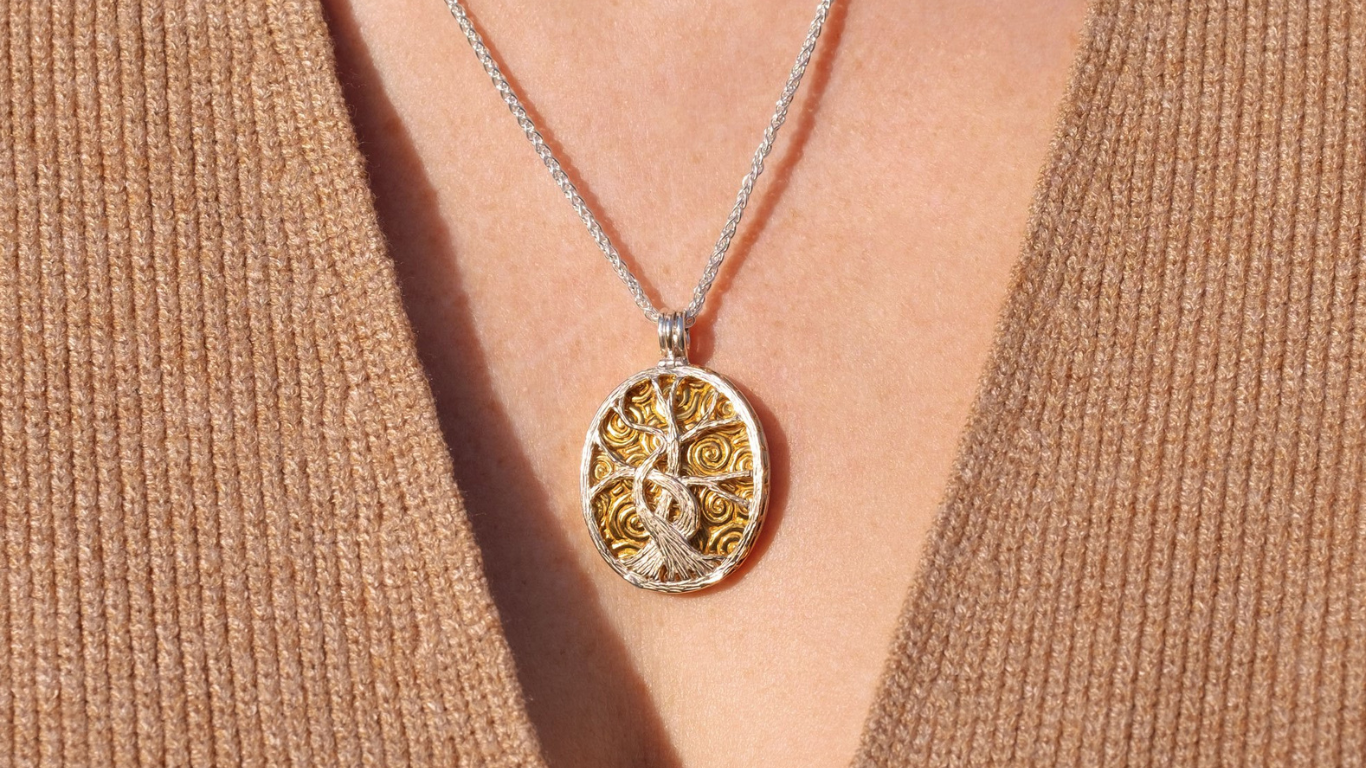
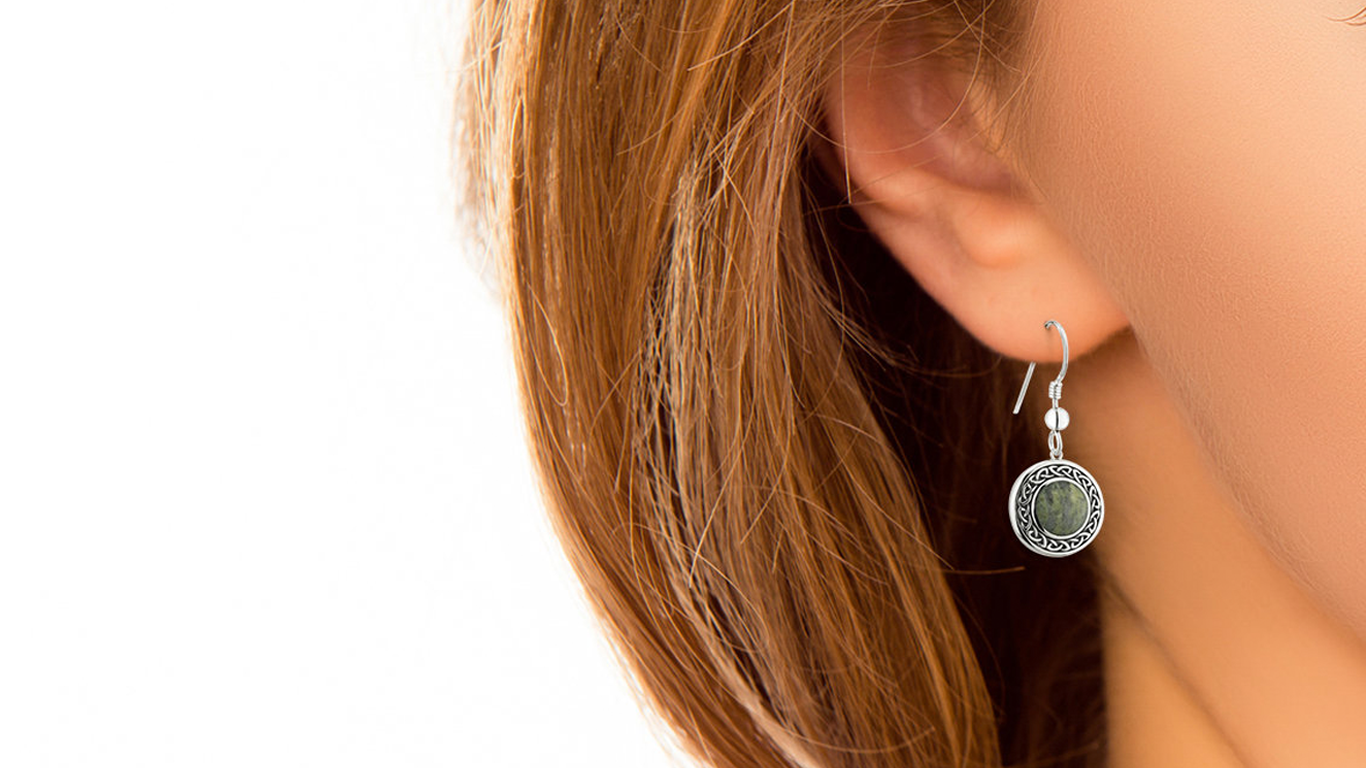
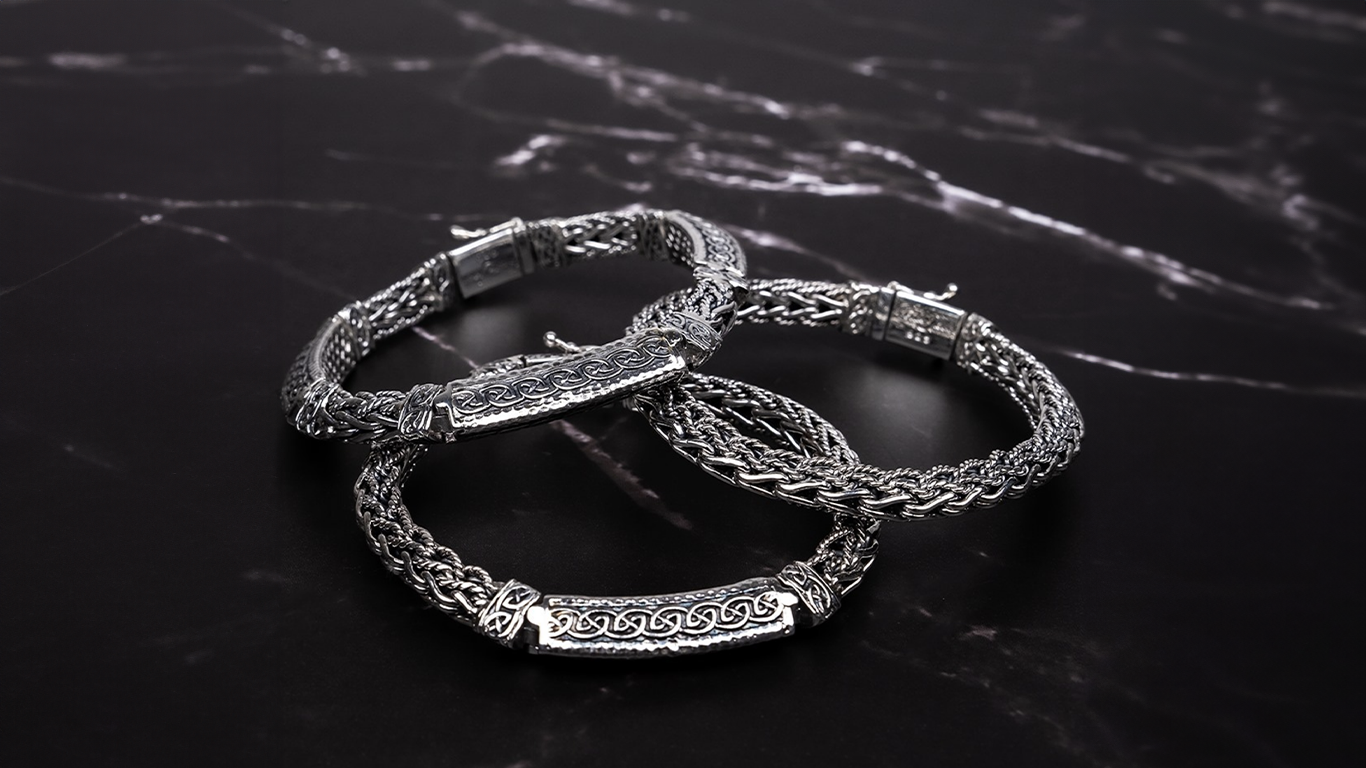

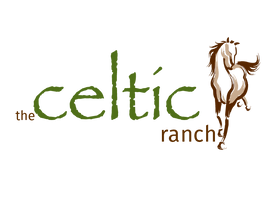
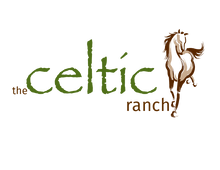



Leave a comment